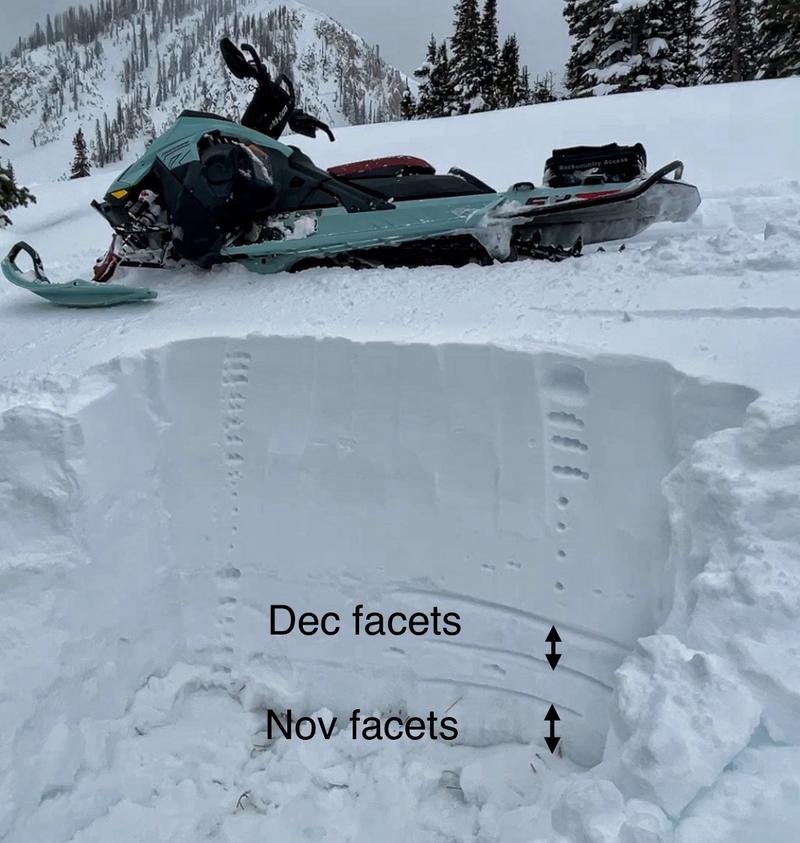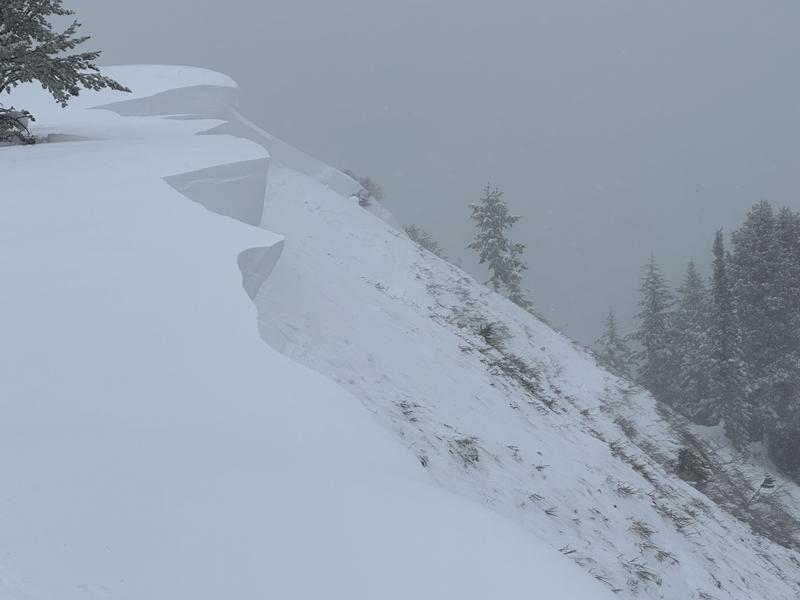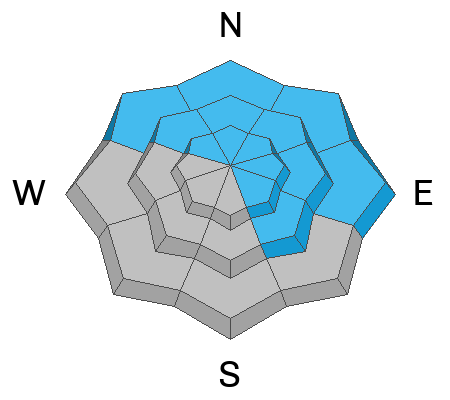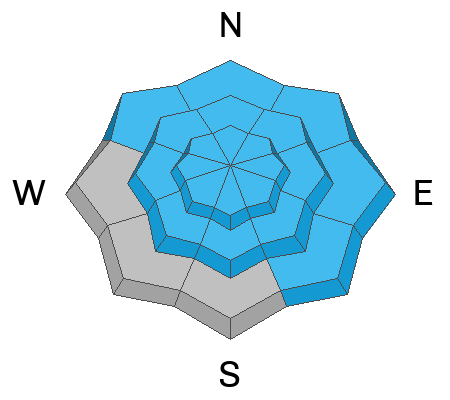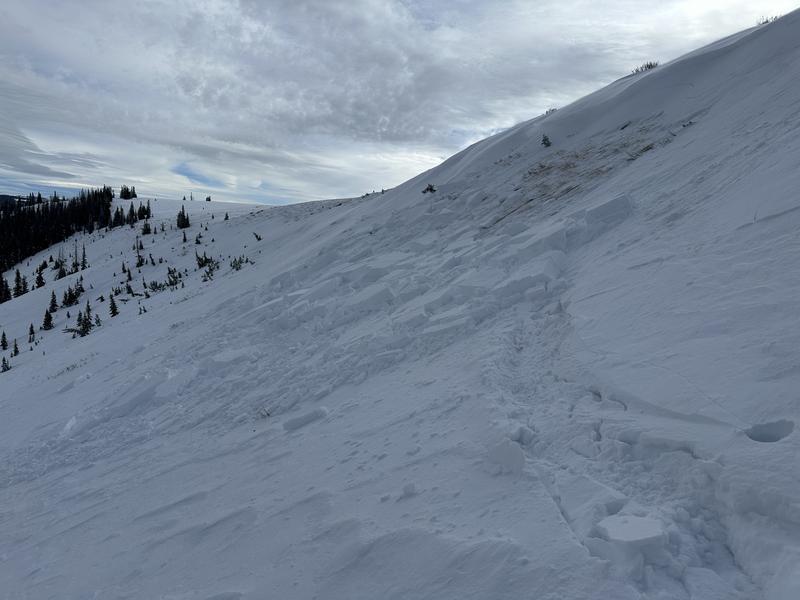Forecast for the Uintas Area Mountains

Issued by Craig Gordon on
Tuesday morning, January 23, 2024
Tuesday morning, January 23, 2024
At and above treeline CONSIDERABLE avalanche danger exists on all slopes, but particularly those facing the north half of the compass. Human triggered avalanches are LIKELY in wind drifted terrain, especially steep, rocky slopes in the wind zone. Any slide you trigger today has the potential to break deep and wide... instantly ruining your day.
Look for MODERATE avalanche danger on mid elevation slopes near treeline facing west, southwest, and south, but also on lower elevation shady slopes as well. In either case, dense snow rests on weak, sugary snow and human triggered avalanche are POSSIBLE.
I'm sure you wanna eliminate the variability of avy danger yet still get some great riding... don't ya? Well then, simply steer your snow vehicle towards lower elevation terrain facing the south half of the compass where you'll find LOW avalanche danger and human triggered avalanches are UNLIKELY.

Low
Moderate
Considerable
High
Extreme
Learn how to read the forecast here


